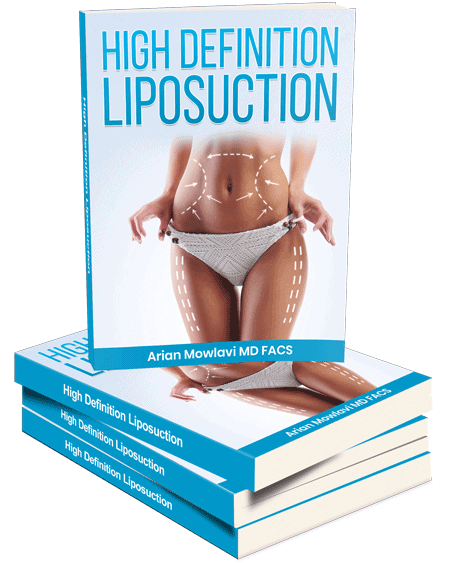



Types of breast augmentation surgery have been relegated to the approaches that can be used to place your breast implants through. Although the implant pocket position is a constant throughout and requires ideal placement in the middle of your chest under the pectoralis muscle, the approach to get the implant placed can be variable.
Today, three are four types of breast augmentation surgery that can be performed. The four types of breast augmentation surgery include the transaxillary, the periareolar, the transumbilical, and the inframammary crease approaches.
The transaxillary breast augmentation uses a small incision located in the apex of the armpit. This incision allows for the placement of an implant that avoids any incision on the actual breast mound altogether. However, this incision is not ideal for clients that have to raise their arms such as dancers as it will show a scar in their armpit.
But more concerning is the occasional irritation of or injury to structures located in the armpit region that provide sensation to the inner arm. A final concern is an infrequent asymmetry in implant pocket position caused by the fact that the surgeon performing breast augmentation through the armpits may lose orientation of breast pockets by virtue of approach each pocket from a drastically different orientation.
The per-areolar incision breast augmentation uses a curved incision directly underneath the areola. This incision has traditionally felt to provide the ideal incision placement by having it located at the junction line of a pink-colored areola and beige colored breast skin.
However, this incision has fallen out of favor due to many side effects. The first disadvantage is that it is associated with the infrequent loss of sensation to the nipple and areolas.
This is because of the close proximity of this incision line to the nerves that supply the areolas. Another side effect is infrequently associated with mastitis and cyst formation with breastfeeding.
Probably, the most concerning side effect of the peri-areolar incision are that it will become more linear in appearance if it is used a second time for a breast augmentation revision as this will deform and pull down your areola.
The third breast augmentation type includes the transumbilical approach. The transumbilical approach was advertised as being the most conspicuous option of the types of breast augmentation surgery as it does avoid all surgical incision near the breast.
However, it has been plagued with complications. The first involves the higher incidence of bleeding in the breast pocket that results in a complication called capsular contracture. The second is difficulties with healing the lengthy pocket dissection between the navel and breasts. The final, complication involves an overall higher incidence of all side effects and complications when compared to the other types of breast augmentation surgery.
The final, breast augmentation type includes the inframammary crease approach. To begin with, this approach has the least number of side effects and complications overall. Specifically, it provides the least number of reoperations.
The second is that it is the only approach that can be considered when a breast revision is required. This means that if you need a revision, the same line can be used without the creation of another incision. There a large list of advantages for the inframammary crease that includes avoidance of nipple and areola desensitization, avoidance of injury to mammary glands and a hindrance to breastfeeding, and even the avoidance of artifact creation with mammography used for screening for breast cancer.
In summary, types of breast augmentation surgery are several but we highly recommend that you consider the inframammary crease approach. Remember that you are the boss and Our Surgical Team is a technician. As such, he will abide by the approach that you instruct him to perform. However, he will remind you of the advantages of having an inframammary approach.
Please see this 41-year-old female who underwent successful breast enhancement after being educated on the types of breast augmentation surgery.


